Photo Gallery for Catocala micronympha - Little Nymph Underwing | 52 photos are available. Only the most recent 30 are shown.
|
 | Recorded by: B. Bockhahn on 2025-05-31
Currituck Co.
Comment: | 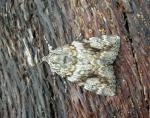 | Recorded by: R. Newman on 2025-05-29
Carteret Co.
Comment: |
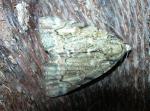 | Recorded by: R. Newman on 2025-05-23
Carteret Co.
Comment: |  | Recorded by: R. Newman on 2025-05-16
Carteret Co.
Comment: |
 | Recorded by: Owen McConnell on 2024-08-05
Graham Co.
Comment: |  | Recorded by: Owen McConnell on 2024-07-13
Graham Co.
Comment: |
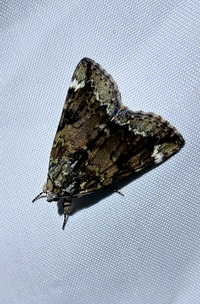 | Recorded by: Mark Basinger on 2024-06-24
Yancey Co.
Comment: |  | Recorded by: Owen McConnell on 2024-06-23
Graham Co.
Comment: |
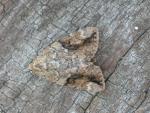 | Recorded by: R. Newman on 2024-05-25
Carteret Co.
Comment: | 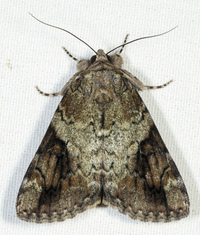 | Recorded by: John Petranka on 2024-05-24
Orange Co.
Comment: |
 | Recorded by: R. Newman on 2024-05-22
Carteret Co.
Comment: | 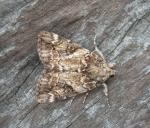 | Recorded by: R. Newman on 2024-05-20
Carteret Co.
Comment: |
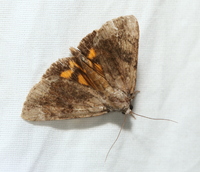 | Recorded by: David George, Stephen Dunn, Jeff Niznik on 2023-07-31
Swain Co.
Comment: |  | Recorded by: Emily Stanley on 2023-07-29
Yancey Co.
Comment: |
 | Recorded by: Jim Petranka and Becky Elkin on 2023-07-27
Buncombe Co.
Comment: |  | Recorded by: K. Bischof on 2023-07-11
Transylvania Co.
Comment: |
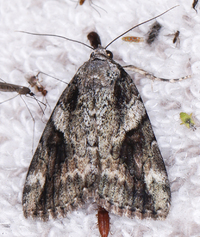 | Recorded by: Jim Petranka and John Petranka on 2023-06-14
Richmond Co.
Comment: | 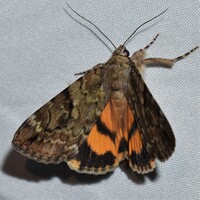 | Recorded by: David George, Jeff Niznik, Rich Teper, Erich Hofmann, Jesse Anderson on 2023-05-22
New Hanover Co.
Comment: |
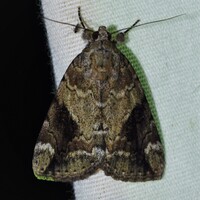 | Recorded by: David George, Jeff Niznik, Rich Teper on 2023-05-21
New Hanover Co.
Comment: |  | Recorded by: R. Newman on 2023-05-15
Carteret Co.
Comment: |
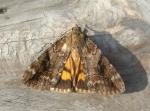 | Recorded by: R. Newman on 2023-05-15
Carteret Co.
Comment: | 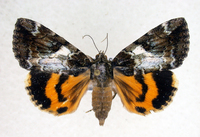 | Recorded by: J.B. Sullivan on 2023-05-14
Carteret Co.
Comment: An unusual color morph from Fort Macon. |
 | Recorded by: tom ward on 2022-08-10
Buncombe Co.
Comment: | 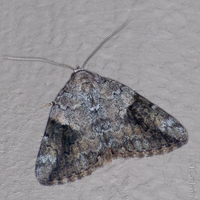 | Recorded by: David George, L. M. Carlson on 2022-06-21
Caswell Co.
Comment: |
 | Recorded by: J.B. Sullivan on 2022-04-21
Carteret Co.
Comment: Larva on Sand Laurel Oak | 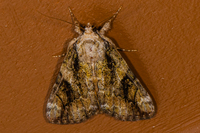 | Recorded by: David L. Heavner on 2021-06-25
Chatham Co.
Comment: |
 | Recorded by: Dean Furbish on 2021-06-17
Wake Co.
Comment: |  | Recorded by: Dean Furbish on 2021-06-17
Wake Co.
Comment: |
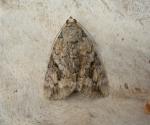 | Recorded by: R. Newman on 2021-06-10
Carteret Co.
Comment: | 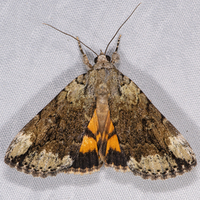 | Recorded by: Mark Shields on 2021-06-05
Onslow Co.
Comment: |
|